03:32
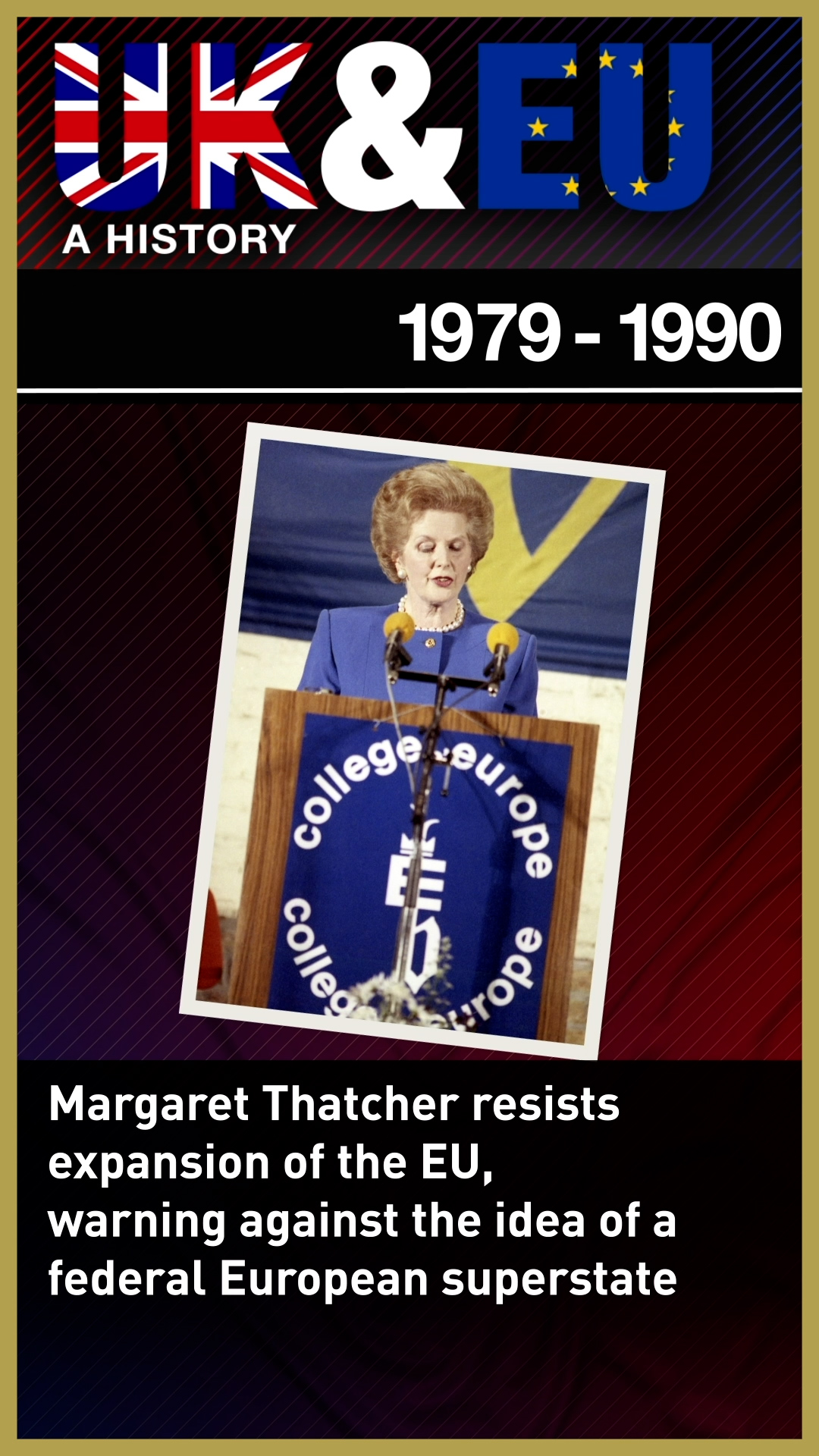
Almost half a century after the UK joined the European Union (at the time the European Economic Community), the country is finally separating after the year-long transition period, bringing to an end an often fraught relationship.
It has been a long and painful break-up, a roller-coaster ride of debate, arguments and insults flung from both sides.
With the clock ticking down to the UK walking away there remained many unresolved questions about the future working relationship with the EU, with a deal only finally coming on December 24.

The more disillusioned Brexiteers would argue that Britain's EU divorce was too long coming, while Rejoiners (who until recently were Remainers) still advocate for a UK that's "stronger together" with the EU.
History shows that Britain and the EU have never had an easy relationship. When the European countries were laying the foundations for a union – with the European Coal and Steel Community in 1951 and the European Economic Community and the European Atomic Energy Community in 1957 – the British did not sign up to the treaties. The UK disliked some supranational and technocratic elements in them.
Britain applied to join the Union only in 1961 but its application was vetoed twice by French president Charles De Gaulle. Only in 1969 was the UK application given the green light and four years later the country was allowed to join. The terms of the deal, which had been decided prior to the UK joining, were not ideal for the country.
Only two years later, in 1975, a referendum was called in the country asking citizens whether Britain should remain or leave the EU. A majority of 66 percent voted in favor of staying.
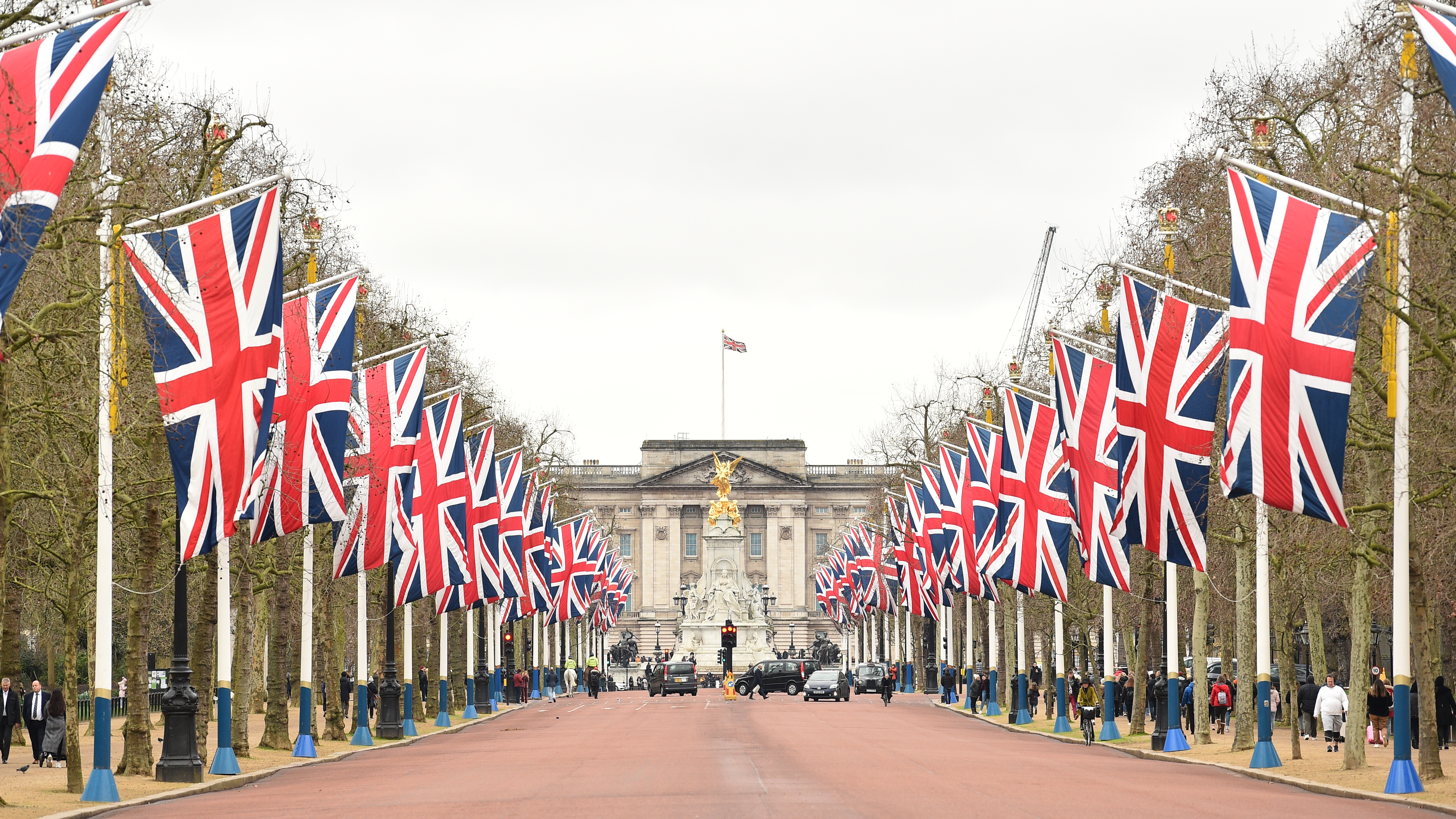
Union flags lead the way to Buckingham Palace in London on 'Brexit Day'. /Glyn Kirk/AFP
Union flags lead the way to Buckingham Palace in London on 'Brexit Day'. /Glyn Kirk/AFP
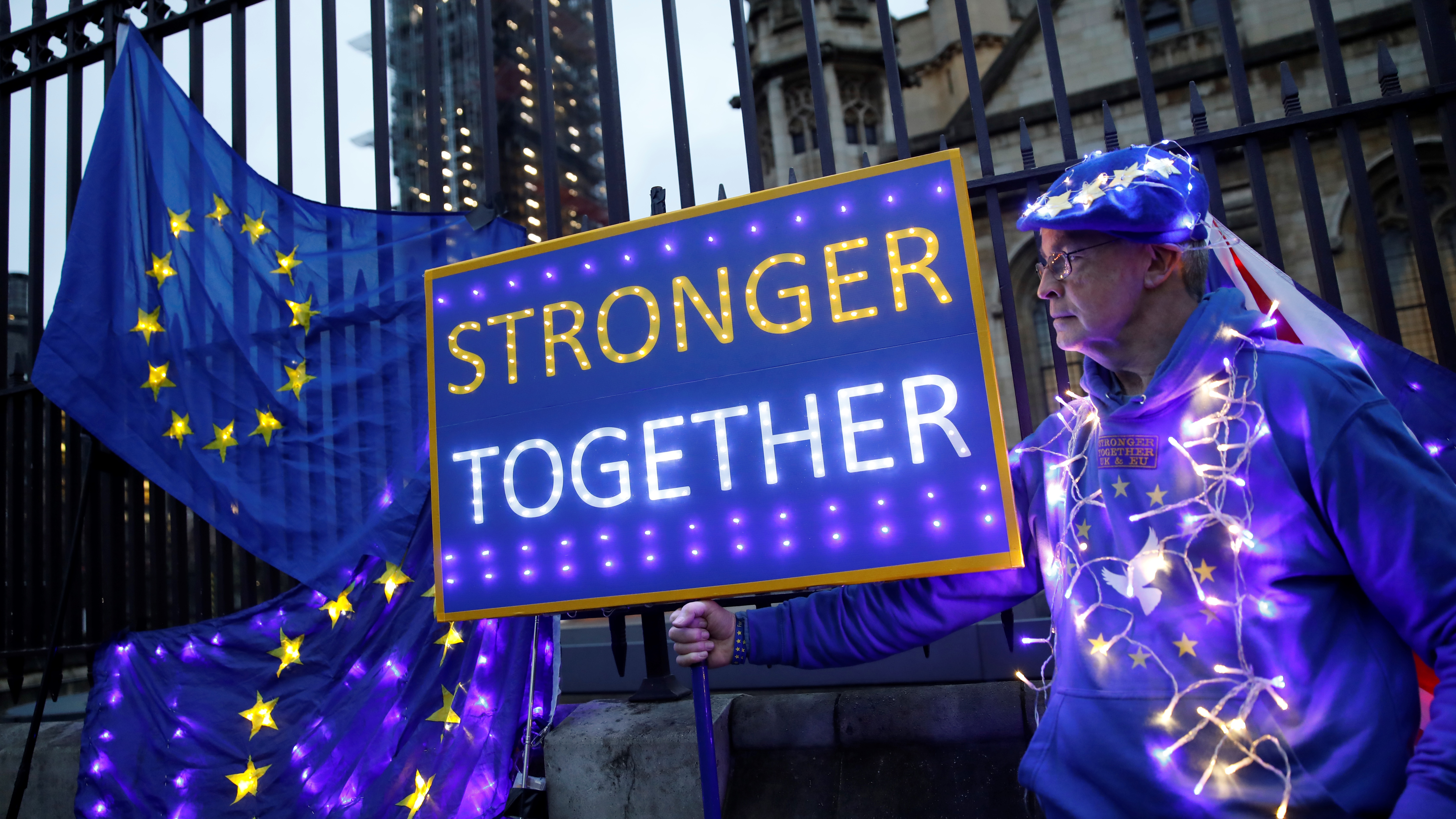
Anti-Brexit protesters showed up in front of the Houses of Parliament in London in the days leading up to 31 January, 2020. /Tolga Akmen/AFP
Anti-Brexit protesters showed up in front of the Houses of Parliament in London in the days leading up to 31 January, 2020. /Tolga Akmen/AFP
But Britain's commitment to the European project was never unconditional. When the EU formed the European Monetary System in 1979, the first step towards having a single currency, Britain decided to opt out.
And when the European Union was finally formed under the Maastricht Treaty in 1992, Britain signed the treaty but opted out of the single currency.
The UK's motives to join the EU in the first place were mostly economic and the country was always among the most Eurosceptic EU members, with approval of EU membership among UK citizens sinking to 30 percent in 2010.
Amid economic difficulties in the eurozone and concern over the migrant crisis, the turning point in the UK-EU relationship came in January 2013, when UK Prime Minister David Cameron said he would renegotiate the UK's membership of the EU and hold an In/Out referendum if the Conservatives won the 2015 UK general election.
That pledge helped the Conservatives win their first majority for more than two decades. Cameron duly announced he would hold a "remain/leave" referendum in June 2016.
More than 30 million UK citizens turned out to vote, with "leave" winning by 51.9 percent. The result of the referendum showed a divided country as Scotland and Northern Ireland both favored remain.
Cameron resigned after the referendum, leaving new Prime Minister Theresa May the responsibility of implementing Brexit. Not an easy task, and one she was unable to complete.
On March 29, 2017, May invoked Article 50 of the Treaty on European Union to start the UK's two-year leaving process. But May's withdrawal agreement was rejected by the UK parliament in the largest defeat suffered by any government in the House of Commons.
She presented her revised plans twice more, and twice more her withdrawal plan was rejected. Amid criticism, May left office at the end of July 2019 with a tearful speech.
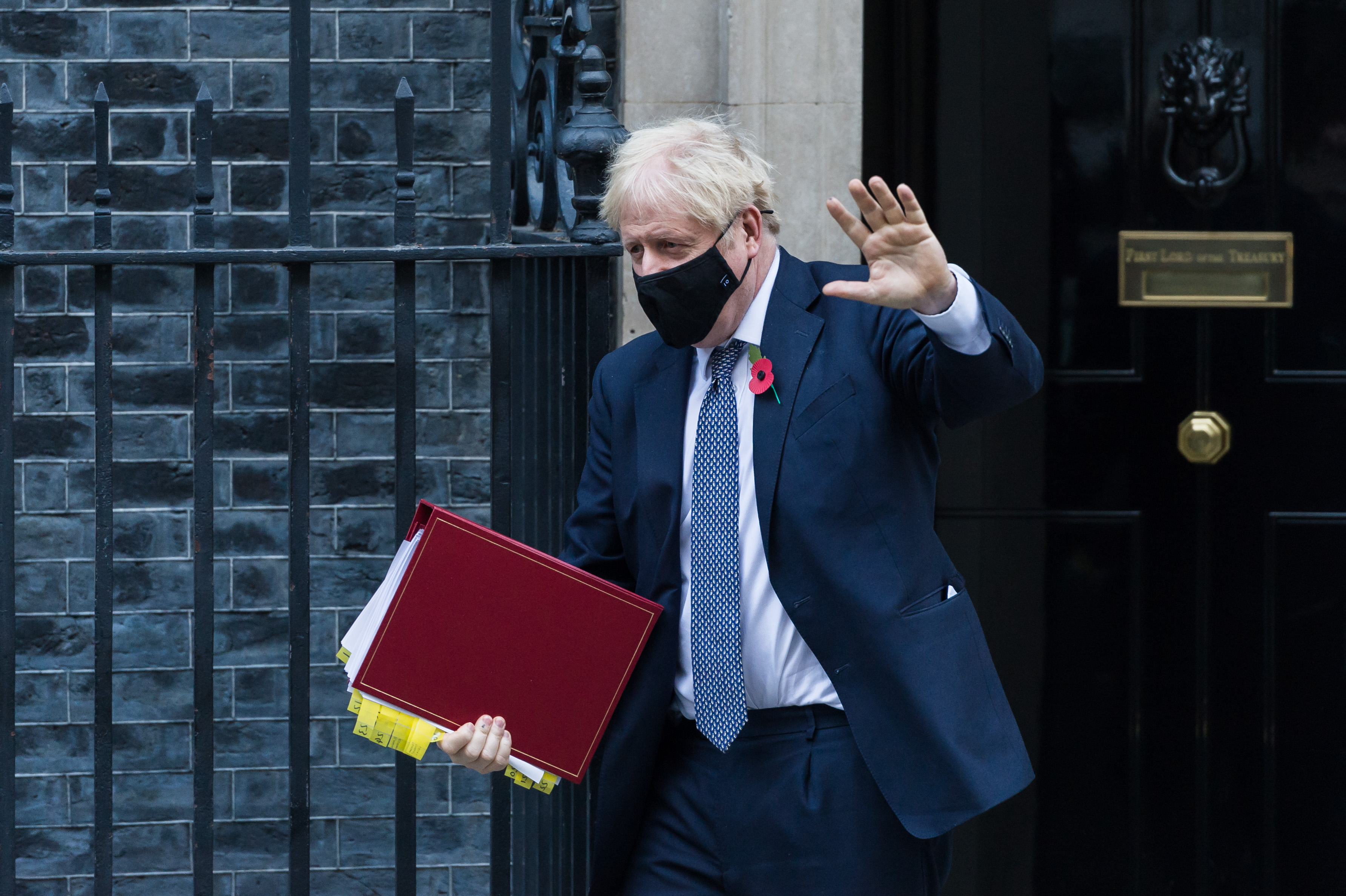
Boris Johnson won a landslide election victory to bring about Brexit. /Wiktor Szymanowicz/Barcroft Media/Getty
Boris Johnson won a landslide election victory to bring about Brexit. /Wiktor Szymanowicz/Barcroft Media/Getty
The new Conservative leader Boris Johnson campaigned for concluding Brexit by October 31, 2019, deal or no deal.
But Johnson's withdrawal agreement – very similar to May's, but with changes to the Northern Ireland border plan – was rejected by the UK parliament, which would have had to rush through the approval of the plan in three days to meet Johnson's October 31 deadline.
Brexit was pushed back once more to January 31, 2020 and thanks to the crushing victory of Johnson's Conservative Party in the December election, the reconfirmed prime minister got the necessary support to finally "get Brexit done."
On January 31, 2020 the UK entered a transition period until December 31, 2020, during which the UK and EU have been trying to agree a future working relationship but it has been another year of conflict and little progress. Negotiations over the UK's future relationship with the EU have also been hit by the outbreak of COVID-19.
Both sides called on the other to compromise. Key issues in the discussions remained what happens to fishing rights as well as rules on regulation of businesses and government subsidies – what the EU calls a "level playing field."
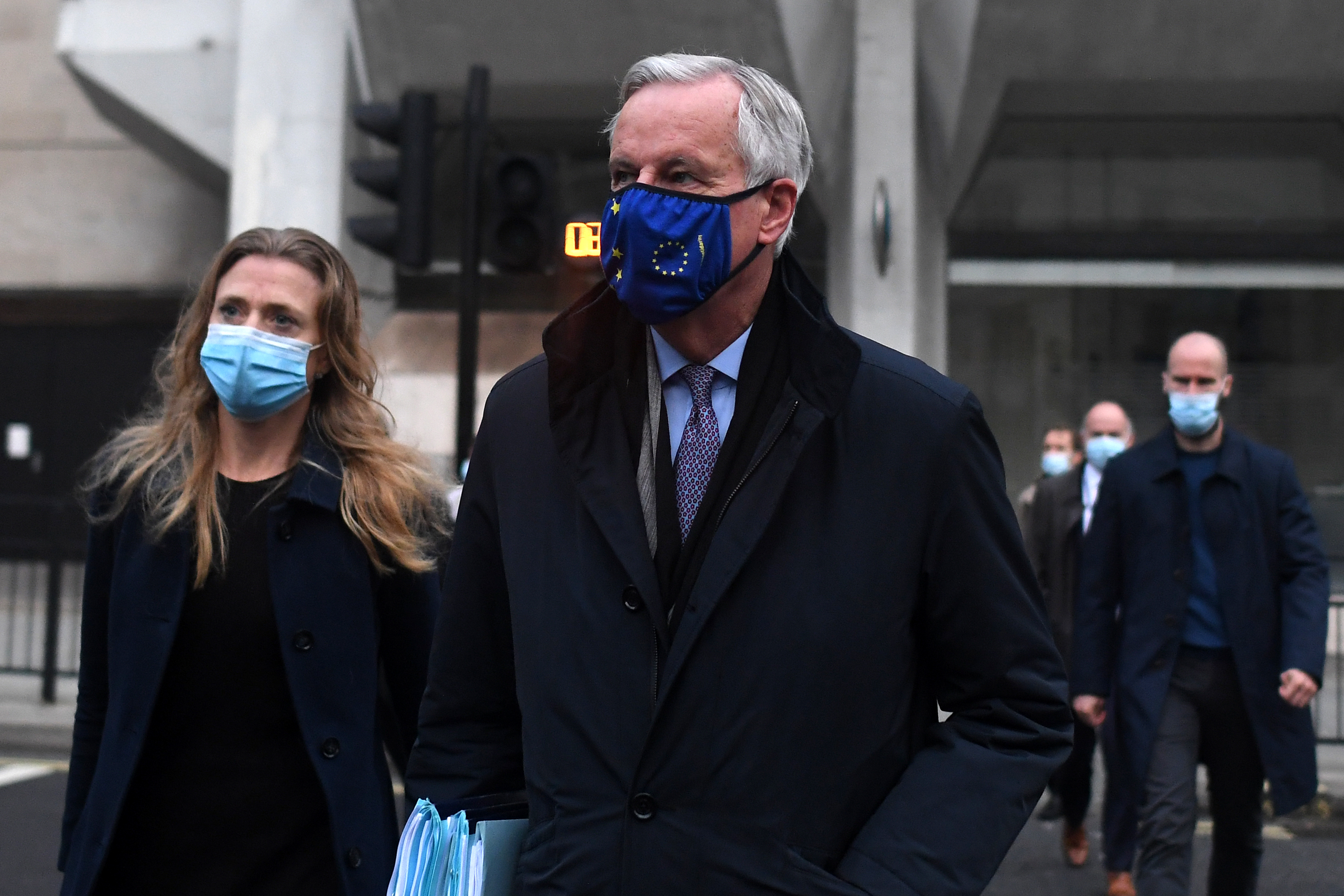
Michel Barnier has been leading the EU's negotiations with no sign of a deal yet. /Peter Summers/Getty
Michel Barnier has been leading the EU's negotiations with no sign of a deal yet. /Peter Summers/Getty
Talks in May were some of the most fractious, with the UK's chief negotiator David Frost admitting there had been "very little progress."
On June 30 the deadline to ask for a Brexit extension came and went without the UK seeking it. Then Johnson said on September 7 that the country would walk away from talks on a trade deal by the middle of October if no deal was made.
The following day, September 8, in a move that ramped up tensions, Secretary of State for Northern Ireland Brandon Lewis said the UK would "break international law in a very specific and limited way," with a proposed new Internal Market Bill.
The bill would ensure UK autonomy and equal trading standards across the country but it went against parts of the withdrawal agreement signed with the EU. It divided politicians in the UK and the EU promised to take legal action.
On October 16, Johnson told the UK public the country should look at the "Australian option" and "get ready" for a no-deal Brexit.
It had been thought that any deal would have to be agreed by November 15, so it could be ratified by the European Parliament before Britain's standstill transition out of the EU expired at the end of the year.
But as so often in this process there was nothing predictable or straightforward and with the end of the year in sight, finally a deal was agreed on December 24.
The agreement preserved the UK's tariff-free and quota-free access to the bloc and both sides claimed they got the trade concessions they needed.
Johnson stated that the UK had "taken back control" and had agreed a "reasonable" five-and-a-half year transition period with the EU over fisheries.
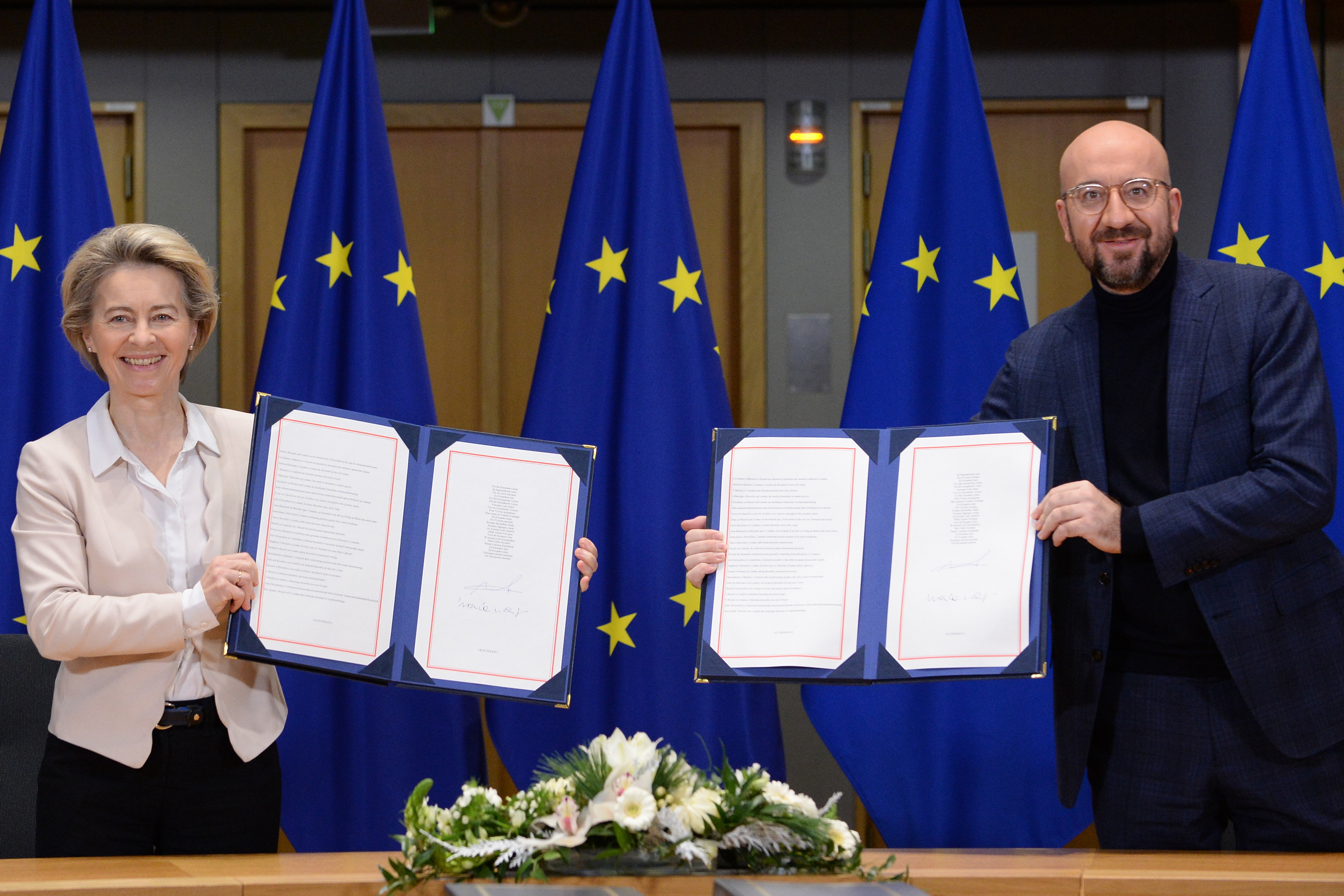
Ursula Von der Leyen and Charles Michel signed the Brexit agreement in Brussels. /Johanna Geron/AFP
Ursula Von der Leyen and Charles Michel signed the Brexit agreement in Brussels. /Johanna Geron/AFP
European Commission President Ursula Von der Leyen said competition rules, designed to prevent one side gaining an unfair trade advantage, "will be fair and remain so."
On December 30, EU chiefs signed the post-Brexit deal in Brussels before the UK's House of Commons approved the agreement by a large majority, prompting the new post-Brexit era from 11 p.m. GMT on December 31 2020.
Remember to sign up to Global Business Daily here to get our top headlines direct to your inbox every weekday

